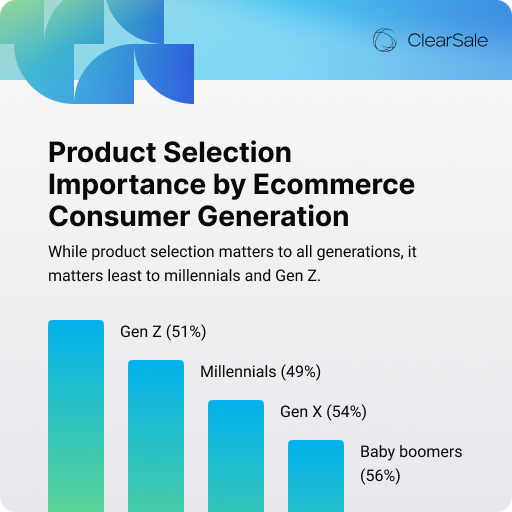
Consumers Know More About Fraud Than You Think
As ecommerce evolves, so do fraud schemes. Our original research showed that 16% of respondents experienced fraud in the previous year and more Gen Z consumers were victims of fraud, at 21%.
Two types of fraud have become particularly prevalent: account takeover (ATO) fraud and policy abuse.
-
 Account takeover (ATO) fraud
Account takeover (ATO) fraud
Account takeover (ATO) fraud presents one of the biggest challenges for ecommerce businesses, fueled by the increasing sophistication of cybercriminals and the proliferation of data breaches. Once fraudsters have access to this stolen data, they can exploit accounts by making unauthorized purchases and committing identity theft.
Businesses suffer financial losses as well, due to fraudulent transactions, chargebacks and lost revenue. Additionally, account takeover incidents can damage a business's reputation and erode customer trust.
-
 Policy abuse
Policy abuse
Policy abuse, such as return fraud and coupon abuse, have become more common, and this type of fraud is more difficult to stop because it doesn’t involve stolen data or compromised passwords. Returns abuse schemes, in particular, have become more elaborate. In fact, fraudsters share information online as to which merchants are ripe for targeting because of their unclear or lax return policies.
-
 Customers want fraud protection
Customers want fraud protection
Regardless, fraud protection has grown in importance for consumers. So much so, they’ll sacrifice some of their CX preferences to be protected.
 90% of consumers prioritize fraud protection over easy checkout.
90% of consumers prioritize fraud protection over easy checkout.
Another emerging trend from our original research is that consumers are beginning to consider security more important than price. While this trend still varies by generation, overall, 33% of consumers would rather have a safe ecommerce experience than get a lower price.
Not only that, a whopping 84% of consumers said that an online store that doesn’t protect them from fraud will lose their business.
Consumers are concerned enough about fraud that they welcome communication from ecommerce stores to confirm a purchase.
 81% of consumers appreciate a purchase confirmation call from an online business.
81% of consumers appreciate a purchase confirmation call from an online business.
“Obviously, businesses and consumers prefer instant decisions about purchases. However, consumers are seeing the value of an extra set of eyes on suspicious orders. They would rather respond to an SMS or wait for a purchase confirmation over being automatically declined or, worse, being the victim of fraud.”
 Rafael Lourenco ClearSale Vice President
Rafael Lourenco ClearSale Vice President
What Can Ecommerce Businesses Learn From This?
While confirming suspicious orders may seem to create inconvenience for customers, most of them understand that it is done with their best interests in mind. They appreciate it when businesses prioritize security and take proactive steps to protect their interests, even if it means temporarily delaying the fulfillment of an order or requesting additional verification.
When businesses proactively reach out to confirm a suspicious order, it demonstrates that they are vigilant about protecting their customers' security and take fraudulent activities seriously.
By openly communicating with customers about potentially fraudulent activities and seeking their confirmation, businesses foster trust and transparency in their operations. This helps build stronger relationships with customers based on mutual respect and honesty.
This communication also prevents businesses from turning away good customers.

Your Fraud Prevention Could Be Turning Away Customers
As customers lean into truly omnichannel shopping behavior — browsing on one or more devices and purchasing on another — ecommerce businesses must implement more sophisticated fraud detection and prevention strategies than grand-sweeping fraud filters and automated systems.
Many ecommerce businesses lean heavily on fraud detection algorithms and machine learning models. These models may be effective at identifying fraudulent transactions, but they tend to be overly cautious and trigger false declines. This is especially the case when those algorithms prioritize minimizing fraud losses over maximizing legitimate transactions.
False declines have become such a significant issue, respondents in our study reported it to be a bigger problem than actual fraud.
- 18% of consumers experienced a false decline last year.
- 70% reported it to be the same or higher incidence than the year before.
What happens when consumers experience false declines? Nothing good.








































